 Backend Development
Backend Development PHP Tutorial
PHP Tutorial laravel installation and configuration tutorial, laravel configuration tutorial_PHP tutorial
laravel installation and configuration tutorial, laravel configuration tutorial_PHP tutorialLaravel installation and configuration tutorial, laravel configuration tutorial
System environment requirements
apache, nginx or other web server;
Laravel uses some powerful features of PHP, so it needs to be executed on PHP5.3 or higher;
Laravel uses the FileInfo library (http://php.net/manual/en/book.fileinfo.php) to detect the mime type of the file. This library is included by default in PHP5.3, but in Windows users need to Enable this module in php.ini. If you don’t understand, you can look here: http://php.net/manual/en/fileinfo.installation.php;
Laravel uses the Mcrypt library (http://php.net/manual/en/book.mcrypt.php) to encrypt and generate hashes. Before using this framework, you need to ensure that this extension is installed. You can pass phpinfo(); Check whether it is installed correctly in the web server. If not, you can check: http://php.net/manual/en/book.mcrypt.php;
Install laravel
Download laravel: http://laravel.com/download;
Unzip the compressed package file and upload it to the web server;
Set the value of key in config/application.php, you can set a random content composed of 32 strings;
Verify whether storage/views is writable;
Access your application in a browser;
At this point you have completed a Laravel installation, there are more things to know here.
Extra Content
Install some additional extensions below so you can get the most out of Laravel
SQLite, MySQL, PostgreSQL, or SQL Server PDO drivers.
Memcached or APC.
Question?
If you have installation issues, try the following:
Make sure the public directory is the root directory of your site (see server configuration below)
If you use mod_rewrite, set the index item in application/config/application.php to empty.
Verify that your storage folder is writable.
Server Configuration
Here we guarantee a basic apache configuration. Our Laravel root directory is: /Users/JonSnow/Sites/MySite
The configuration information is as follows:
DocumentRoot /Users/JonSnow/Sites/MySite/public
ServerName mysite.dev
Note: We installed to /Users/JonSnow/Sites/MySite and our DocumentRoot to /Users/JonSnow/Sites/MySite/public.
The Windows environment is used to get started with Laravel, but you are not required to use Windows. You can do it under your favorite system.
The installation of the PHP operating environment is beyond the scope of this tutorial. Here we only explain the basic requirements.
Web server:
PHP 5.3 and above
PDO module
Mcrypt module
MYSQL database
The environment used in this tutorial:
PHP 5.4.5
MYSQL 5.0.45
Install Laravel framework:
Download the Laravel framework: Laravel official download | Github download
Unzip the framework to the server directory
The Laravel framework is installed in a simple two-step process. To test whether the installation is successful, visit:
http://localhost/public/
The public directory is the folder that comes with the framework. If you see the initial interface of laravel, it means that it has been installed successfully.
Generally, it is downloaded and installed using dependency management. If you need to install it offline, install it on a machine first and then copy the file as an offline package.
For Apache server, .htaccess file is used to control file access and jump. Laravel’s public also has .htaccess file to control routing.
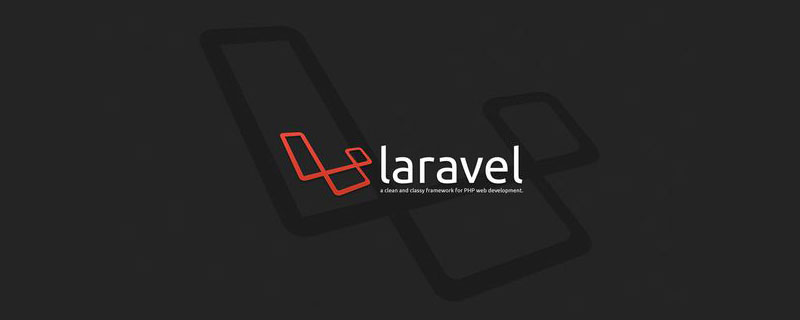 laravel单点登录方法详解Jun 15, 2022 am 11:45 AM
laravel单点登录方法详解Jun 15, 2022 am 11:45 AM本篇文章给大家带来了关于laravel的相关知识,其中主要介绍了关于单点登录的相关问题,单点登录是指在多个应用系统中,用户只需要登录一次就可以访问所有相互信任的应用系统,下面一起来看一下,希望对大家有帮助。
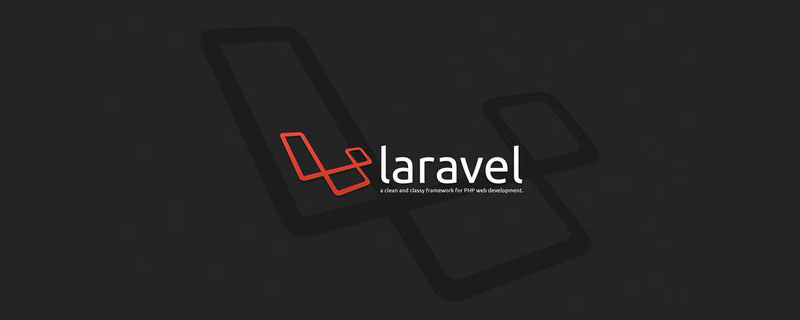 一起来聊聊Laravel的生命周期Apr 25, 2022 pm 12:04 PM
一起来聊聊Laravel的生命周期Apr 25, 2022 pm 12:04 PM本篇文章给大家带来了关于laravel的相关知识,其中主要介绍了关于Laravel的生命周期相关问题,Laravel 的生命周期从public\index.php开始,从public\index.php结束,希望对大家有帮助。
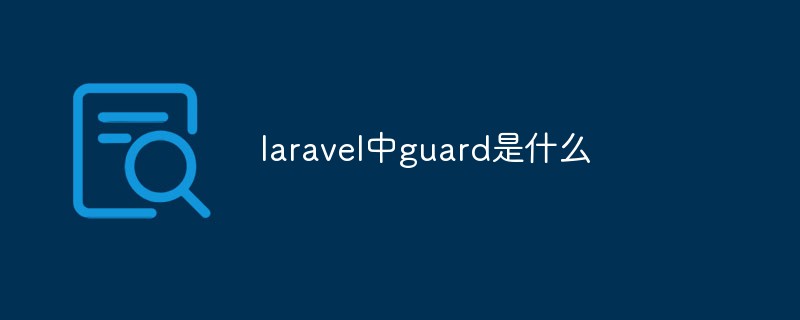 laravel中guard是什么Jun 02, 2022 pm 05:54 PM
laravel中guard是什么Jun 02, 2022 pm 05:54 PM在laravel中,guard是一个用于用户认证的插件;guard的作用就是处理认证判断每一个请求,从数据库中读取数据和用户输入的对比,调用是否登录过或者允许通过的,并且Guard能非常灵活的构建一套自己的认证体系。
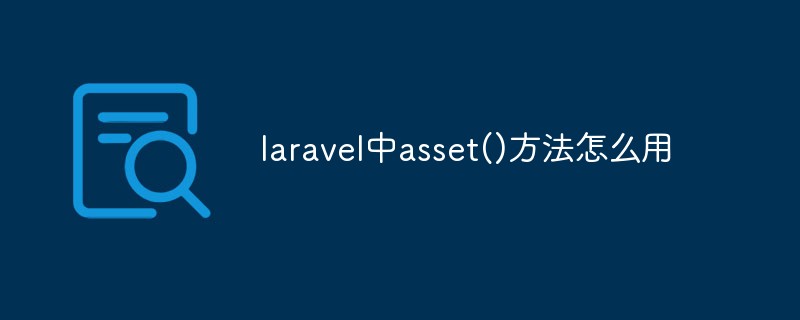 laravel中asset()方法怎么用Jun 02, 2022 pm 04:55 PM
laravel中asset()方法怎么用Jun 02, 2022 pm 04:55 PMlaravel中asset()方法的用法:1、用于引入静态文件,语法为“src="{{asset(‘需要引入的文件路径’)}}"”;2、用于给当前请求的scheme前端资源生成一个url,语法为“$url = asset('前端资源')”。
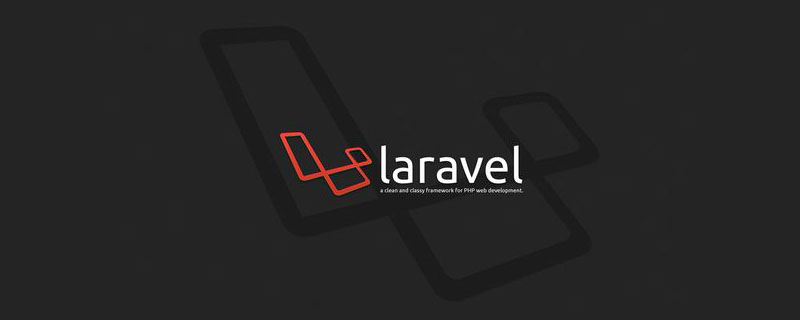 实例详解laravel使用中间件记录用户请求日志Apr 26, 2022 am 11:53 AM
实例详解laravel使用中间件记录用户请求日志Apr 26, 2022 am 11:53 AM本篇文章给大家带来了关于laravel的相关知识,其中主要介绍了关于使用中间件记录用户请求日志的相关问题,包括了创建中间件、注册中间件、记录用户访问等等内容,下面一起来看一下,希望对大家有帮助。
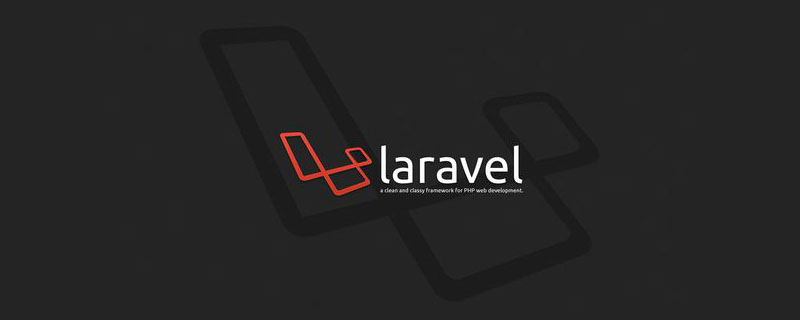 laravel中间件基础详解May 18, 2022 am 11:46 AM
laravel中间件基础详解May 18, 2022 am 11:46 AM本篇文章给大家带来了关于laravel的相关知识,其中主要介绍了关于中间件的相关问题,包括了什么是中间件、自定义中间件等等,中间件为过滤进入应用的 HTTP 请求提供了一套便利的机制,下面一起来看一下,希望对大家有帮助。
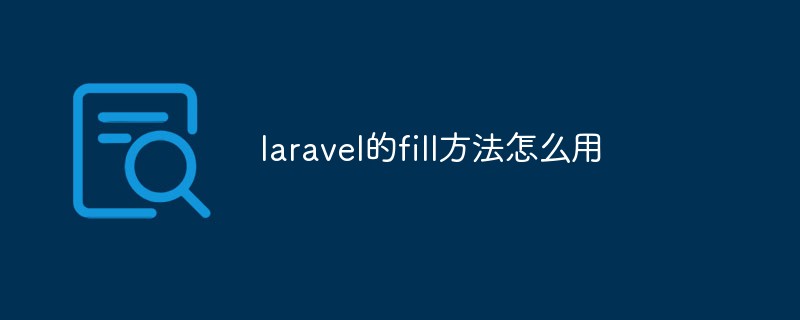 laravel的fill方法怎么用Jun 06, 2022 pm 03:33 PM
laravel的fill方法怎么用Jun 06, 2022 pm 03:33 PM在laravel中,fill方法是一个给Eloquent实例赋值属性的方法,该方法可以理解为用于过滤前端传输过来的与模型中对应的多余字段;当调用该方法时,会先去检测当前Model的状态,根据fillable数组的设置,Model会处于不同的状态。
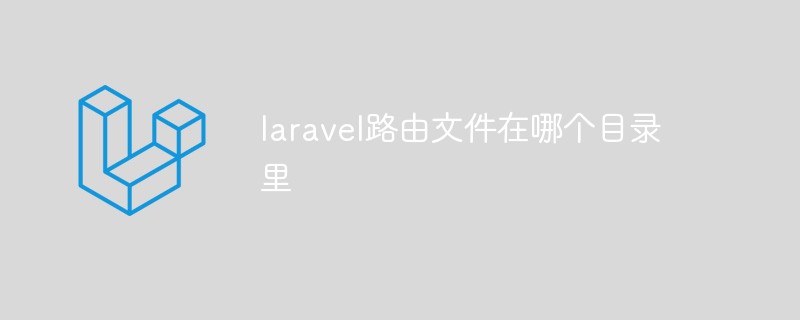 laravel路由文件在哪个目录里Apr 28, 2022 pm 01:07 PM
laravel路由文件在哪个目录里Apr 28, 2022 pm 01:07 PMlaravel路由文件在“routes”目录里。Laravel中所有的路由文件定义在routes目录下,它里面的内容会自动被框架加载;该目录下默认有四个路由文件用于给不同的入口使用:web.php、api.php、console.php等。


Hot AI Tools

Undresser.AI Undress
AI-powered app for creating realistic nude photos

AI Clothes Remover
Online AI tool for removing clothes from photos.

Undress AI Tool
Undress images for free

Clothoff.io
AI clothes remover

AI Hentai Generator
Generate AI Hentai for free.

Hot Article

Hot Tools

EditPlus Chinese cracked version
Small size, syntax highlighting, does not support code prompt function

ZendStudio 13.5.1 Mac
Powerful PHP integrated development environment

Safe Exam Browser
Safe Exam Browser is a secure browser environment for taking online exams securely. This software turns any computer into a secure workstation. It controls access to any utility and prevents students from using unauthorized resources.

Dreamweaver Mac version
Visual web development tools

VSCode Windows 64-bit Download
A free and powerful IDE editor launched by Microsoft






